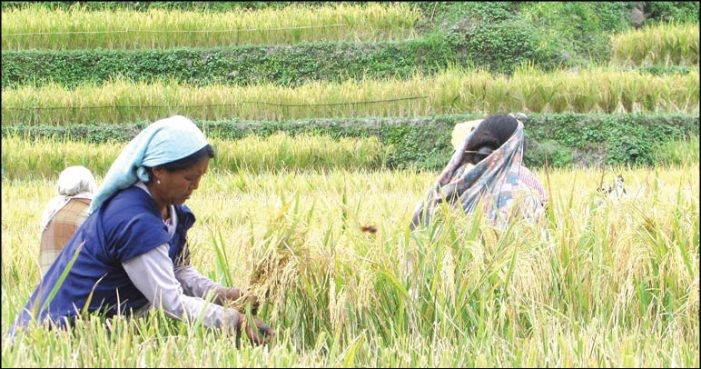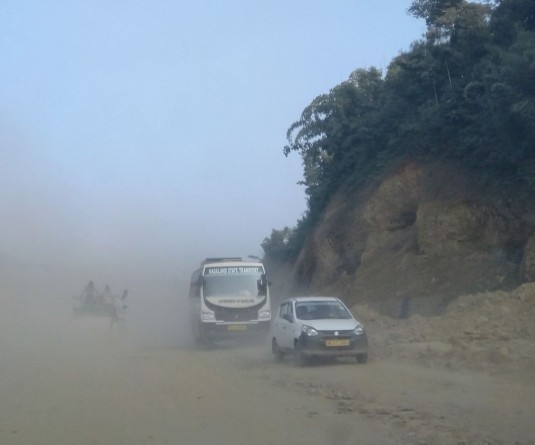Morung File Photo

Morung Express News
Kohima | February 28
The 2011 Census shows that the work force participation rate for females in Nagaland state stands 44.7% against 53.4% for males, according to the Annual Administrative Report 2020-21 of Economics & Statistics department, Nagaland tabled in the state assembly.
The rural sector has a better female work force participation rate of 52.3% when compared to urban sector which has only 25.9%.
In the category of workers, the percentage of female cultivators constitutes 65.2% and agricultural labourer (7.3%) is more than their counterpart male cultivators (47.4%) and male agricultural labourer (5.8%), the report stated.
During 2017-18, percentage of female employment in the public sector constituted 23.36% of the total employment, whereas in the private sector they constituted 52.81% of the total employment.
During 2018, total female government employees comprised of 30.12% whereas male government employee comprised of 69.88%. Percentage of female employees in various categories are- Class I- 29%, Class II- 27%, Class III- 28% and Class IV- 34%.
Population of women in Nagaland
The population of Nagaland as per Census 2011 is 19, 78, 502 consisting of 9, 53, 853 female which constituted for 48.21 per cent of the total population. The sex ratio is 931 females per 1000 males.
Districts of Zunheboto, Wokha, Phek and Kiphire have a higher sex ratio compared to districts of Mon, Longleng and Peren which have lower sex ratio.
Over the last 40 years, the sex ratio of Mokokchung, Kohima and Dimapur have improved substantially, but sex ratio has declined in districts like Mon, Zunheboto, Peren and Wokha.
Health and related sector
During 2018, the female Infant Mortality Rate (IMR) was 13 compared to the male IMR of 2 and the overall IMR was 7.
IMR has reduced substantially from 15.8 in 2011 to 7 in 2018, indicating improvement in antenatal care coverage and child delivery services. However, Nagaland has lower IMR as compared with the national IMR.
The report stated that the registration of live births recorded for female and male were 21, 282 and 24, 387 respectively while during 2018 it was recorded at 23, 757 and 23, 600 for male and female respectively.
During 2011, registration of deaths for female was 3,134 and 3,822 for male which declined to 213 for female and 615 for male during 2018, possibly due to lesser reporting of death events, the report stated.
Female literacy rate at 76.11%
As per 2011 census, literacy rate in Nagaland stands at 79.55 %. The female literacy rate has increased from 61.50 % during 2001 to 76.11% during 2011.
Mokokchung district has the highest female literacy rate of 91%. Kiphire district has the lowest female literacy rate of 64% which calls for urgent government intervention to check the imbalances in the female literacy rate in rural areas, the report stated.
Participation in decision making
The report stated that female participation (voters) in the state general elections has increased from 80.51% during the 2nd general election in 1969 to 82.48 % during the 13th general election in 2018.
There were only two female contestants in the 2nd general elections to the state assembly in 1969. However, there were five female contestants during 13th general election in 2018. Till date no female contestant has been elected to the state assembly.
In the Lok Sabha general election, two women have contested in the 6th and 7th general election during the year 1977 and 1980 and one managed to get elected during 1977, the report stated.






